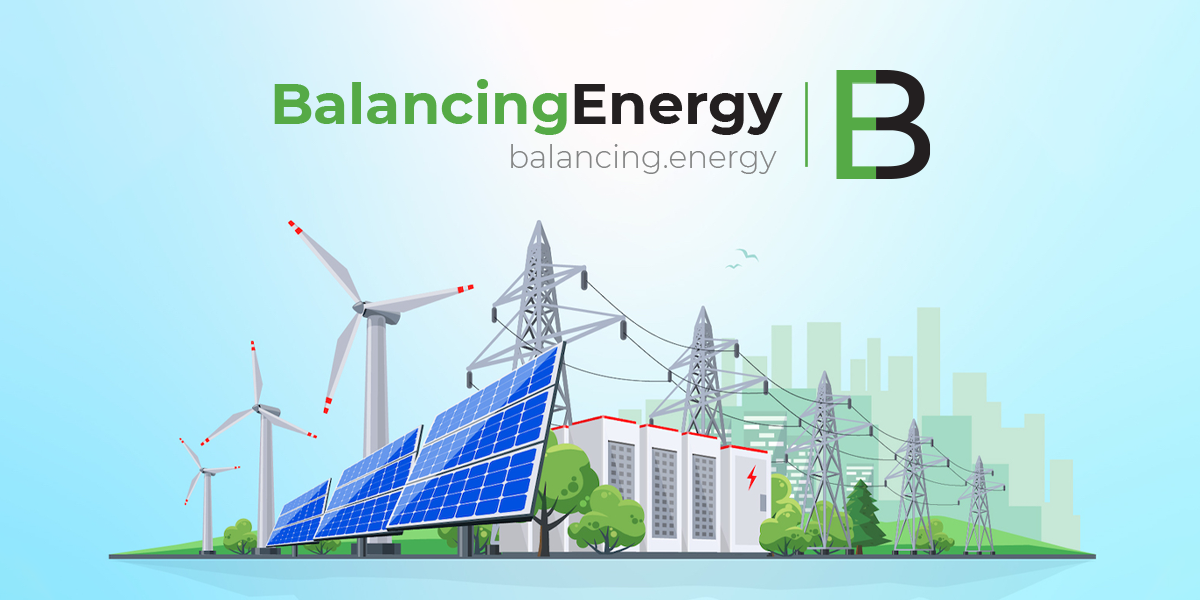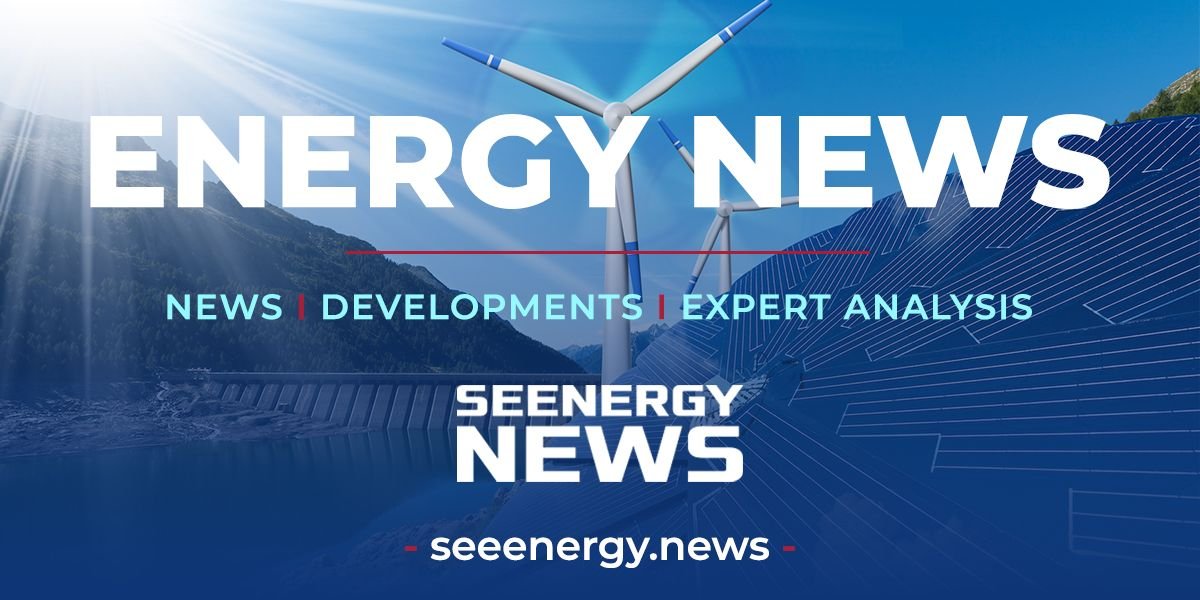It will be the longest and deepest underwater power cable in the world, crossing the bottom of the Mediterranean and bridging Asia and Europe. The Eurasian Interconnector, dubbed the “energy highway,” will connect the national power grids of Israel, Cyprus and Greece. After more than a decade of planning, the first phase of construction of the gigantic project, worth 2.5 billion euros, will be launched, Israeli and Cypriot officials announced last week, with 50% of the total project costs being provided.
The first phase, which received a grant of 657 million euros from the European Union, will be 898 kilometers long and will connect the electricity networks of Greece and Cyprus via the Greek island of Crete.
The second stage will be 310 kilometers long and will connect Kofina in Cyprus and Hadera in Israel.
The project is planned to be completed in five years. It will put an end to Cyprus’ status as the only non-aligned member state of the European Union and provide Israel with a reliable way to export natural gas as electricity.
The cable will reach a depth of up to 3,000 meters. The submarine cable, 1,208 kilometers long, with a capacity of 2,000 MW, will provide power to three million households.
This landmark project comes at a time when the war in Ukraine and sanctions against Russia have fueled a global energy crisis that has hit the EU. The initiative has been declared a Project of Common Interest (PCI) by the EU, as part of its efforts to achieve diversification and security of electricity supply.
Source: jns.org










